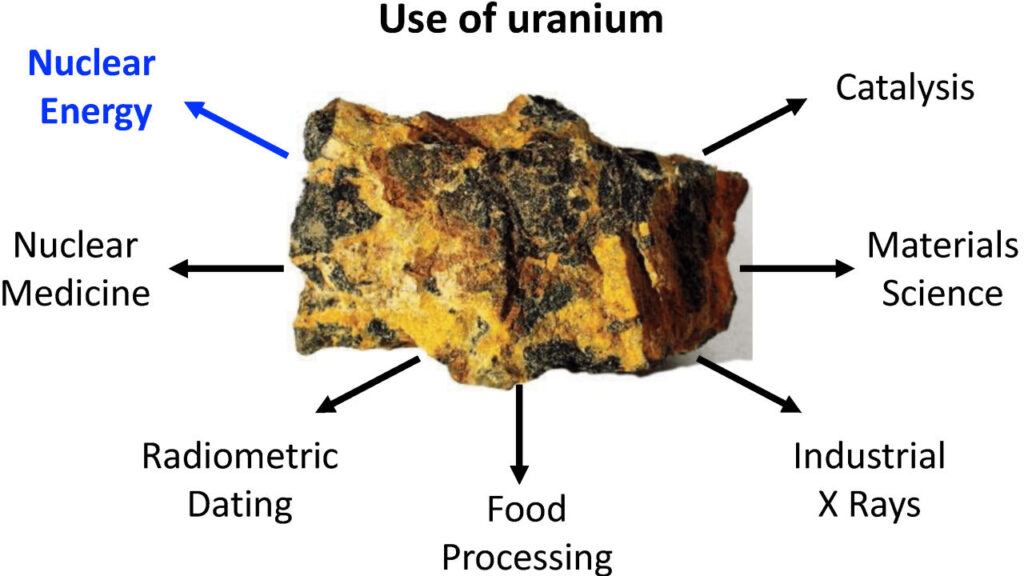New Delhi – Significant uranium reserves have been discovered in four districts of Himachal Pradesh, according to a recent statement by the Minister of State for Personnel, Public Grievances, Pensions, and Prime Minister’s Office, Dr. Jitendra Singh. The districts of Hamirpur, Una, Shimla, and Mandi are reported to harbor substantial quantities of this crucial element, which plays a pivotal role in nuclear energy production.
The discovery came to light following a query by Member of Parliament Sikandar Kumar in the Rajya Sabha, where he sought detailed information on uranium-rich sites in Hamirpur and Una. MP Sikandar inquired about the estimated reserves and the potential establishment of a uranium treatment plant in Himachal Pradesh.
Dr. Singh confirmed that the Directorate of Atomic Minerals Exploration and Research (AMD), a unit under the Department of Atomic Energy, had conducted preliminary inspections in the region. These inspections revealed surface uranium at Masanbal in Hamirpur district. Additionally, uranium deposits were identified at Rajpura in Una, Kasha-Kaladi in Shimla, and Taleli in Mandi. The total estimated uranium oxide reserves from these sites amount to 784 tonnes, with 364 tonnes at Rajpura, 200 tonnes at Kasha-Kaladi, and 220 tonnes at Taleli.
The Importance of Uranium and National Implications
Uranium is a heavy metal with significant importance in the energy sector, primarily used as fuel in nuclear reactors to generate electricity. It is also used in various medical and industrial applications, including cancer treatment and radiography. The strategic importance of uranium cannot be overstated, as it is a key component in maintaining energy security and supporting sustainable development goals.
The discovery of uranium in Himachal Pradesh holds national significance for several reasons. Firstly, it can potentially reduce India’s reliance on imported uranium, thus enhancing the country’s energy security. India currently imports a significant portion of its uranium requirements from countries such as Kazakhstan, Canada, and Australia. Developing domestic uranium resources can help mitigate geopolitical risks associated with supply disruptions.
Secondly, the availability of local uranium reserves can support the expansion of India’s nuclear energy program. The country aims to increase its nuclear power capacity to meet growing energy demands and reduce carbon emissions. Uranium from Himachal Pradesh could contribute to this goal, ensuring a steady supply of fuel for nuclear reactors.
However, the extraction and processing of uranium must be approached with caution due to environmental and health concerns. Uranium mining can lead to radiation exposure and contamination of water sources if not managed properly. Therefore, stringent regulatory frameworks and advanced safety measures are essential to mitigate these risks.
Future Prospects
While the discovery is promising, the establishment of a uranium treatment plant in Himachal Pradesh has not yet been planned. The central government will need to conduct further feasibility studies and environmental impact assessments before proceeding with such a project. Collaboration with local communities and stakeholders will also be crucial to address any concerns and ensure the sustainable development of these resources.
The identification of uranium reserves in Himachal Pradesh marks a significant step towards bolstering India’s energy resources. With careful planning and execution, these discoveries could play a vital role in supporting the country’s energy needs and economic growth, while also emphasizing the importance of environmental stewardship and public safety.







